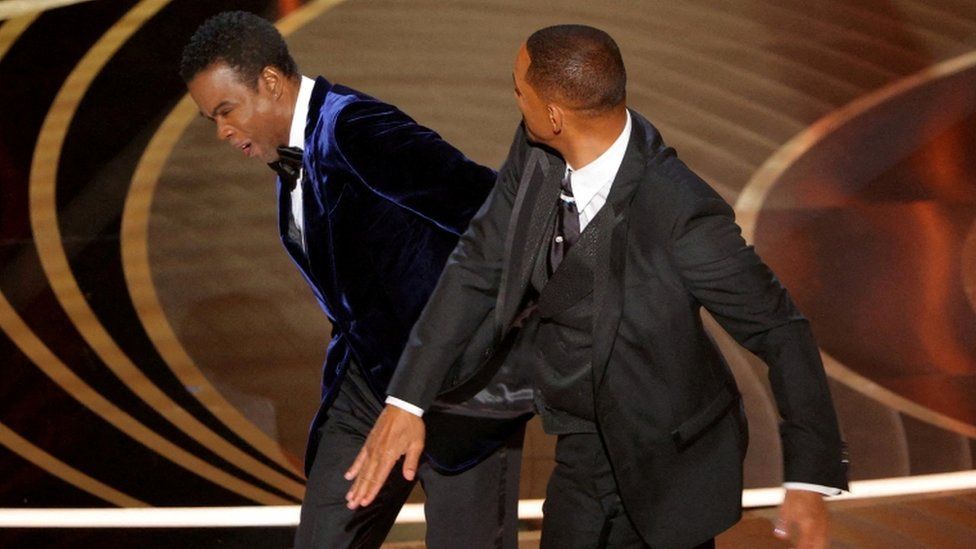Studying Art Makes You A Better Leader?

Creativity and history may be key to success in management
Can the study of culture and the arts really make one a better person and leader?
Promoting it seems to be a strange endeavour.
On one hand, most people would most likely agree that art is an important part of society, especially when it comes to protecting cultural traditions of one’s community when confronted with globalisation.
Yet, it is also obvious that at least at first glance, a lot of people, including parents, are dubious of education in art.
When it comes to going to college, most people would probably say that to get a degree in arts and humanities is something you do out of pure personal interest, rather than employability. This, I strongly believe, is where people are mistaken.

What is art all about?
Art, of course, at its very core, is a mode of expression. Throughout history, artists have given shape to intangible feelings and ideas, making order out of chaos. Great works of art can stimulate us and make us think, but they can also disturb us, sometimes pushing boundaries we didn’t know existed.
But this has been true of the arts for generations. So what of today? Can art and most importantly, studying art, be relevant today? More so than ever, I believe the answer is yes.
Let’s face it, we live in a world where social and cultural relations baffle most of us for their increasing complexities. The concept of community, for example, is no longer fixed and homogeneous, nor is it still based on particular geographical boundaries.
Today, members of a community can be in different cities, countries, or even continents. And while people often acknowledge that the concept of culture is important to them, with the advance of Social and New Media, we sometimes realise that what we took for our own cultural specificities might not be uniquely ours. But most importantly, it makes us realise that we have never really practised only “one” culture, but many.

Artistic productions, either large theatrical plays or small visual art exhibits can help us make sense of these transformations, by giving form to intangible emotions and social malaise, in relatable ways. It also offers an artistic language that can be universally understood, helping us connect and relate to others.
By studying and practising arts we can also keep traditions alive, not just by recording them, but by adapting them, making them relevant to the 21st century audience, giving the viewers and listeners a sense of belonging.
At an obvious level, an education in art, such as bachelor and graduate degrees offered at the Universiti Malaya Cultural Centre, will allow you to work in many cultural institutions such as museums, art galleries and universities and but also in television, publishing houses and even the government.
You can work as art historians, artists, researchers, art managers, storyboard illustrators, cultural programmers, art conservators, art dealers, museum curators and of course art instructors, gallery owners, archivists, and art managers to name only a few. And these are only the ones targeting visual art degree recipients.
But interestingly, a degree in arts and humanities provides leadership skills that make you “marketable” beyond cultural and artistic institutions. Why?
Because being able to think outside the proverbial box makes the difference between success and failure.
Indeed, in an IBM 2010 global chief executive officer (CEO) study, more than 1,500 CEOs were interviewed from over 60 different countries and they identified creativity as the most important skill in a leader.
In a world changing often faster than most people can cope with, creativity is the skill that will help institutions, not to “keep-up” with the changes, but to drive them. And an education in art forces you to think outside the box.
Case in point, aren’t you reading this article partly because you think art lies outside the norms?
Isn’t that why getting a degree in art scared you to begin with?

Food for thought
Why is education in art not just for a career in the arts? Well, because art is about communication, indeed it is about finding new ways to communicate.
Artists take existing objects or tools, reformatting them to create something new. And while everyone else is trying to find the right answer to a problem, we acknowledge that there is more than one correct answer, but we can critique, assess and argue them all.
When taking courses in art, you are assessed on how well you understand someone else’s arguments, and how well you can counter argue them. You are taught how to approach a concept or product from different perspectives, situating the creator, the viewer and indeed the product in different environments, be they physical or theoretical.
In other words, being artistic is to be fluent in both logic and aesthetic knowledge, leading you to think differently, not because you “want” to be different, but because you can’t keep yourself from being creative.
The UM Cultural Centre is one of the rare places in this country where artistic interests are encouraged, nurtured and perfected to create the type of “outside the box” thinking this global world is looking for.
Having worked across the globe, I am excited to see UM’s Cultural Centre expand and grow. We are already looking to hire more faculty members and it is great to work among renowned art historians Emelia Ong and Simon Soon as well as painter and multimedia artist Ruzaika Omar Basaree.
Our research interest includes Malaysian art, Asian modernities, Islamic art, art theory, globalisation and culture, urban art and the representation of national and ethnic identity formation to name a few. So, if you want to lead better, communicate better and think better, equip yourself with an art education. You just may end up becoming a better and holistic leader.
Leadership
Tags: Culture






